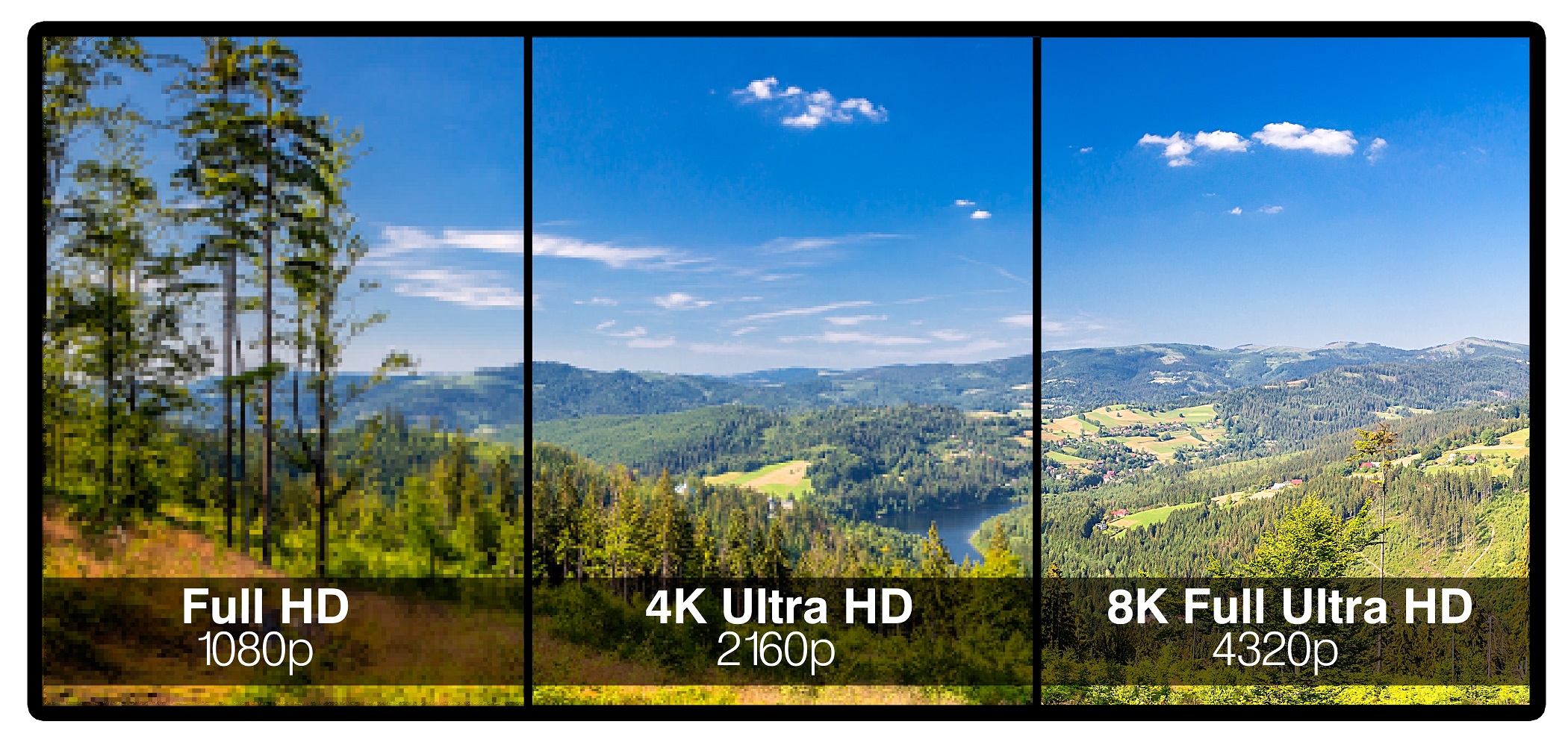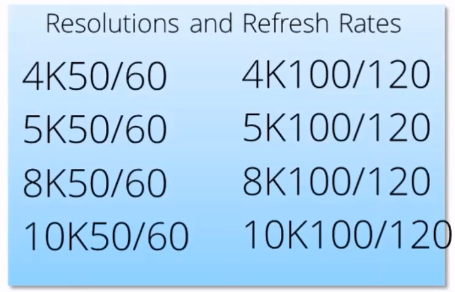
By Aalyia Shaukat, contributing writer
The HDMI 2.1 specification was finally released in late November of this year after its HDMI forum’s announcement at the Consumer Electronics Show (CES) back in early January. The standard boasts a 48-Gbps bandwidth — nearly triple that of HDMI 2.0 (18 Gbps) — and remains backward-compatible with existing HDMI devices, so consumers can upgrade their cabling without worry. There are some major improvements over HDMI 2.0 and new features in this specification including:
● 8K Resolution
● Dynamic HDR
● Ultra High-Speed HDMI Cable
● Enhanced Audio Return Channel (eARC)
● Enhanced Refresh Rates
Higher resolution
HDMI 2.1 enables 8K resolutions with a 60-Hz refresh rate. In other words, a TV can refresh its image 60 times a second with over 32 megapixels in each frame. While most technologies now do not even support these ultra-high definition (UHD) resolutions, many companies including Sony, Panasonic, and Sharp intend to release 8K products by 2018 to contribute to the 8K ecosystem. Japan has already intended to broadcast the 2020 Olympics in 8K and along with a number of broadcasters who have committed to broadcasting in 8K by 2018. The standard also supports 4K resolutions with a 120-Hz refresh rate that is primarily intended for ultra-fast motion visual applications including sports television, high-performance gaming, and even some action movies. This specification features display stream compression (DSC) technology, which is particularly useful for long cable runs where unintended compressions of the signal can occur, causing perceivable differences in the quality of the image.

Supported resolutions and refresh rates. Source: HDMI Forum.
Dynamic HDR
Typically, a video uses a static set of metadata values to compose an entire program. By contrast, Dynamic HDR adjusts the brightness levels on a scene-by-scene or frame-by-frame basis. This allows for a much higher range of contrast, depth, and brightness without losing detail. Some firmware upgradeable TVs will automatically allow for these capabilities. For instance, 2016 Samsung TVs and Panasonic “4K Pros” TVs can be firmware-upgraded to support HDR10+ with dynamic HDR features.

Dynamic HDR allows for much more detail and depth in color than previous technologies and has a particularly large impact on the darker scenes. Source: HDMI Forum.
Ultra high-speed HDMI cable
The new cable design will be able to support 48 Gbps through improved electromagnetic interference (EMI) characteristics, meaning that while the connectors will remain the same (A, C, and D connectors), it will be able to support 8K resolutions uncompressed. The thickness and power consumption of the cable remains relatively unchanged with passive cables up to 2 to 5 meters in length, while longer lengths may require equalizers, or even electro-optical components to maintain signal integrity. When using an HDMI 2.1-rated cable for less bandwidth-demanding applications, the predictable EMI characteristics minimize any signal compression that can occur for seamless video streaming while being able to support virtually any firmware upgrades that a newer TV has.
Enhanced Audio Return Channel (eARC)
The eARC feature allows for HDMI to send audio in the reverse direction, thereby eliminating the need for the optical or coaxial cables that are used to get audio out of a TV to a receiver. The eARC capability also supports advanced audio formats such as object-based audio (OBA) for smartly mapped, three-dimensional surround sound. It should be noted that an HDMI-enabled device will automatically ascertain the capabilities of the sound system for a truer plug-and-play experience.
Enhanced refresh rates
Game-mode variable refresh rate (VRR) provides instant feedback for time-sensitive content. Whenever the refresh rate of the monitor (e.g.: 60 Hz, 120 Hz, 144 Hz) is not synced up with the frame rate of a game, a number of issues can occur, including skipping, freezing, jitter, stutter, and frame tearing. This interaction lag can really ruin the experience while playing a game with graphically intensive content. VRR allows for the frame rate to change based on the demand from the application so that the 3D graphics processor can display video frames as soon as they are rendered without the limitation of a fixed frame rate.
Currently, 16% of U.S. households own a 4K TV, with 11% planning to purchase a 4K TV. Many newly released TVs will require interconnects that are compliant to run dynamic HDR. Most movies and broadcasts do not deliver the high resolutions and refresh rates that HDMI 2.1 is specced for. Still, the new specification, at the very least, provides a foundational platform for content to be rolled out, potentially paving the way for newer display technologies and applications.
Source: HDMIforum.org
Advertisement
Learn more about Electronic Products Magazine





